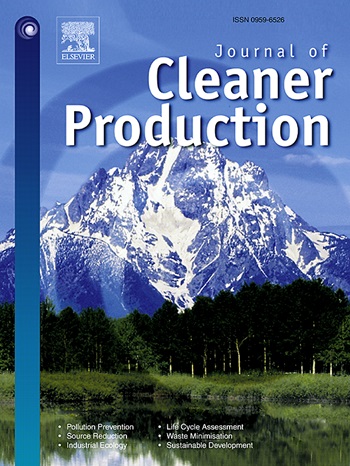Accelerating the Design and Manufacturing of Perovskite Solar Cells Using a One-Shot Automated Machine Learning Framework
IF 10
1区 环境科学与生态学
Q1 ENGINEERING, ENVIRONMENTAL
引用次数: 0
Abstract
Researcher-led approaches to perovskite solar cells (PSCs) design and optimization are time-consuming and costly, as the multi-scale nature and complex process requirements pose significant challenges for numerical simulation and process optimization. This study introduces a one-shot automated machine learning (AutoML) framework that encompasses expanding the design space, accelerating the simulation, and optimizing the manufacturing process parameters of PSCs. By integrating support vector regression (SVR), AutoML, multi-objective immune algorithms (MOIA), and reverse engineering methods, the design space for PSCs was expanded 100-fold, reducing the time required by approximately two orders of magnitude, and successfully increasing the simulated photovoltaic conversion efficiency (PCE) of PCSs from 21.83% to 31.29%. 5 optimal combinations were quickly identified from 166 sets of manufacturing parameters for the manufacturing of perovskites using the rapid spray plasma processing (RSPP) technique, consistent with the results of 30 experiments. This optimization strategy not only refines the process but also embeds a continuous improvement mechanism into the system. This work significantly speeds up the full circle of design, simulation, and manufacturing of PSCs, elucidating the early components of the digital twin framework, and providing an important reference for a comprehensive digital twin system for PSCs.使用一次性自动机器学习框架加速钙钛矿太阳能电池的设计和制造
研究人员主导的钙钛矿太阳能电池(PSCs)设计和优化方法既耗时又昂贵,因为多尺度性质和复杂的工艺要求对数值模拟和工艺优化提出了重大挑战。本研究介绍了一种一次性自动机器学习(AutoML)框架,该框架包括扩展psc的设计空间,加速仿真和优化制造工艺参数。通过集成支持向量回归(SVR)、AutoML、多目标免疫算法(MOIA)和逆向工程方法,将psc的设计空间扩大了100倍,所需时间缩短了约两个数量级,并成功地将psc的模拟光伏转换效率(PCE)从21.83%提高到31.29%。利用快速喷射等离子体工艺(RSPP)技术,从166组制备钙钛矿的工艺参数中快速筛选出5组最佳组合,与30组实验结果一致。这种优化策略不仅细化了过程,而且在系统中嵌入了持续改进机制。这项工作大大加快了psc的设计、仿真和制造的完整周期,阐明了数字孪生框架的早期组成部分,并为psc的全面数字孪生系统提供了重要参考。
本文章由计算机程序翻译,如有差异,请以英文原文为准。
求助全文
约1分钟内获得全文
求助全文
来源期刊

Journal of Cleaner Production
环境科学-工程:环境
CiteScore
20.40
自引率
9.00%
发文量
4720
审稿时长
111 days
期刊介绍:
The Journal of Cleaner Production is an international, transdisciplinary journal that addresses and discusses theoretical and practical Cleaner Production, Environmental, and Sustainability issues. It aims to help societies become more sustainable by focusing on the concept of 'Cleaner Production', which aims at preventing waste production and increasing efficiencies in energy, water, resources, and human capital use. The journal serves as a platform for corporations, governments, education institutions, regions, and societies to engage in discussions and research related to Cleaner Production, environmental, and sustainability practices.
 求助内容:
求助内容: 应助结果提醒方式:
应助结果提醒方式:


